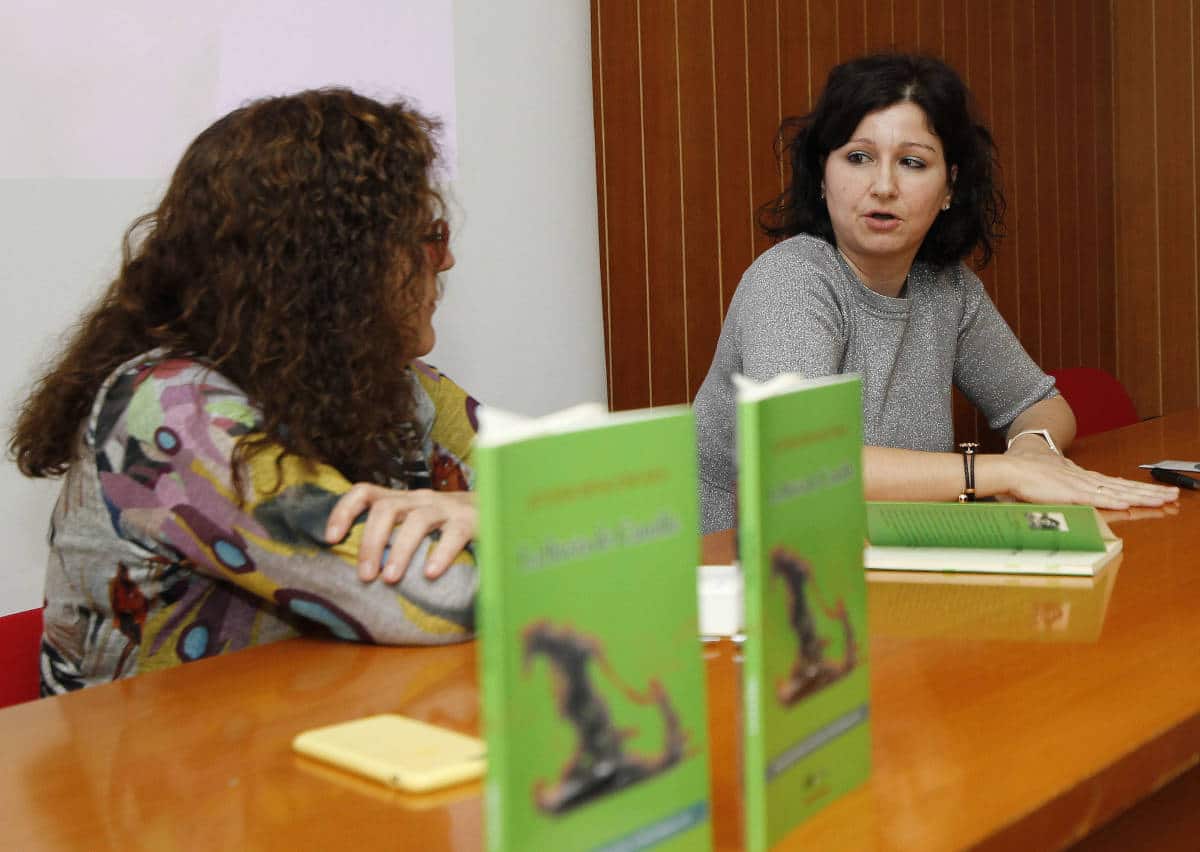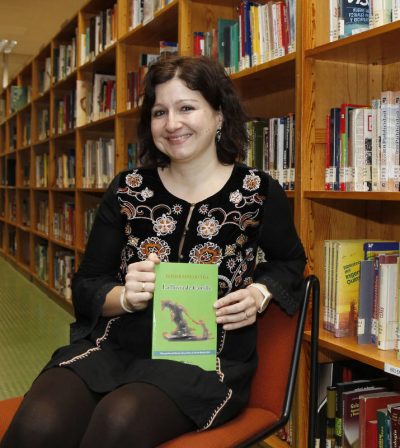
The work Camille's rain (2019) has been recognized with the Rrose Sélavy Prize for Historical Novel from the Ápeiron Publishing House and it represents the literary debut of the journalist and writer Esther Bengoechea (Palencia, 1980). The woman from Palencia, who confesses to being attracted from a young age by the life and work of Camille Claudel, set out with this novel to make visible the hard story of the artist, whom we know as Rodin's lover, but not as the original and brilliant sculptor who It was. Camille's rain It is dedicated to four women who are no longer here and who accompanied the author in her life trajectory in a decisive way.
Camille Claudel is a girl abused by her mother (she wanted to have a boy, to replace the son she lost a year earlier), who finds refuge only in sculpture and in the figure of her father. It is he who, trusting in his talent and defying the advice of family and friends, decides to move the whole family to Paris, despite his wife's complaints, to enroll Camille in an art school and to help her fulfill her dream of becoming a sculptor. There the young woman meets Rodin, who will be as impressed by her sculptures as by their mysterious charm and will make her his lover, his muse and his workshop assistant. However, Camille's happiness will not last and a series of dramatic situations - deceptions, unfulfilled promises ... - will lead her to delirium, misery and confinement in a sanatorium in Paris, where she will end her days in the same solitude in which she arrived. to the world.
He doesn't even dare to enter. He only feels that his legs are shaking and that he is going to faint at any moment. It is the day. Today is the day. It can be a great day or it can be a fateful one. It all depends on the failure. She is alone, completely alone, at the doors of the Hall of the Champs-Elysées and there is an invisible barrier that prevents her from crossing the threshold. The obstacle that stands between her and her success is fear, fear of failure. But you know you have to. He has been prolonging this moment for many minutes, wandering around the pavilion, but the moment of truth has come. Close your eyes, catch a breath, and go through the door fast, before you regret it. At the back of the room is his work, his everything, there is 'Sakountala'.
Camille's rain
The life of Camille Claudel is reconstructed in the novel through twenty-one scenes titled only for the year in which they occurred, narrated in an agile and fluid prose, and an interior monologue in two parts, a nod to the work 'El lamento de Portnoy 'by Philip Roth. The author also admits having symmetry as a "mania of her own" in her writing.Hence, all the chapters have the same length and are like bursts of a specific day of a specific year of the protagonist. The cohesion between these scenes is achieved with the appearance of common places in the story, such as the feeling of calm that the touch in the clay produces in the sculptor. On the other hand, the narrative time and a simple language manage to create an authentic and close Camille, “of flesh and blood”.

The psychological study of character permeates the entire work and immerses the reader in Camille's emotions, a girl full of creativity and enthusiasm, but lacking the affection of her mother, who actively rejects her from birth. The artist will find in sculpture the confirmation of her presence in the world and will become a passionate and courageous woman who will inspire Rodin and will come to compete with his talent. She herself would say on one occasion: "Society punished me for having surpassed my teacher in genius."
The author gives her work the same delicacy and sensitivity that she describes for Camille Claudel's sculptures, dwelling on the details and using a style that borders on lyricism at times. A story of love and rejection that vindicates the figure of one of many anonymous women in art history, whose strength and temperament were her hallmark and her "grave", women who were believed crazy for dreaming of a man's own trade .
More information in the author's website